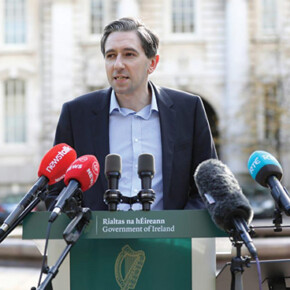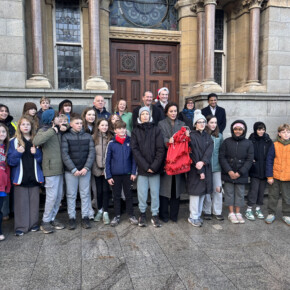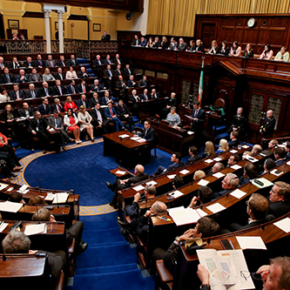Remembering the Kilcoole Gun Running
Dublin People 01 Aug 2015THE Kilcoole Gun Running of August 1, 1914 was an event of major importance in the lead up to the 1916 Rising.
The Wicklow gun running, however, is often overshadowed by the more high profile Howth Gun Running of July 26, 1914.
In fact, both arms’ shipments were part of the same consignment that had been bought by Irish republicans in Germany and smuggled back to Ireland aboard two ships.
The ships were called the Asgard, which was skippered by Erskine Childers, that landed at Howth and the Kelpie, captained by Conor O’Brien, that was destined for Kilcoole, County Wicklow.
The full consignment of republican arms consisted of 1,500 German rifles, including the Mausers and single shot rifles.
A total of 900 rifles were loaded aboard the Asgard while some 600 rifles were placed aboard the Kelpie.
While the Howth Gun Running had been arranged as a public act of defiance, the organisation of the Kilcoole Gun Running was a far more secretive affair, with the landing taking place under the cover of darkness.
Originally, it had been planned for the Kilcoole guns to land on the night of July 25, 1914, but a number of events prevented this from taking place.
Chief among the reasons for postponement was a concern amongst the gun runners that Conor O’Brien, then a prominent member of the volunteers, might attract unwanted attention from the British authorities.
As the Asgard and the Kelpie sheltered off the coast of Wales in late July, plans were made to transfer the cargo of the Kelpie to a less suspicious yacht, the Chotah.
The Chotah was owned by Sir Thomas Myles, President of the Royal College of Surgeons and the King of England’s honorary surgeon in Ireland.
With such a prestigious owner, the vessel seemed unlikely to raise suspicion and was perfect for the job.
The Chotah met the Kelpie off the Llyn peninsula in Wales and took hold of the precious cargo.
The Kelpie was now free to sail back to Dublin, providing an effective decoy for Childers and the Asgard.
The crew of the Chotah, however, found that their main sail was in need of repair and had to delay their voyage to Kilcoole.
Close to midnight on August 1, 1914, the Chotah was met just off the Kish lighthouse by the Nugget, a trawler based out of Howth.
The trawler then towed the Chotah to Kilcoole, were it was met by a flotilla of volunteers in small rowing boats, waiting to ferry the rifles and ammunition ashore.
The Irish Republican Brotherhood (IRB) presided over the arms’ landing.
Séan Fitzgibbon, a prominent local volunteer, was responsible for the unloading operation, while Liam Mellows, then a rising Irish Republican Brotherhood star, was responsible for ensuring the rifles were distributed safely to republican safe houses.
Once safely ashore, many of the rifles were loaded aboard a charabanc, an early open top bus, and set off for Dublin.
At 5am, disaster struck in Little Bray, when the back axle broke off the charabanc and it seemed as if the republicans and the rifles were stranded.
Luckily, the bus driver was a former resident of Bray, and by calling at a neighbour’s house was able to arrange a safe house for the rifles.
The volunteers then raced into the city, where a fleet of taxis was organised to collect the weapons.
The rifles were taken for safe keeping at Padraig Pearse’s famous St Enda’s School in Rathfarnaham and at Joseph Plunkett’s farm in Kimmage.
The Kilcoole Gun Running was a major success for Irish republicans.
Many of the rifles and personalities involved would later play a key part in the 1916 Rising.











